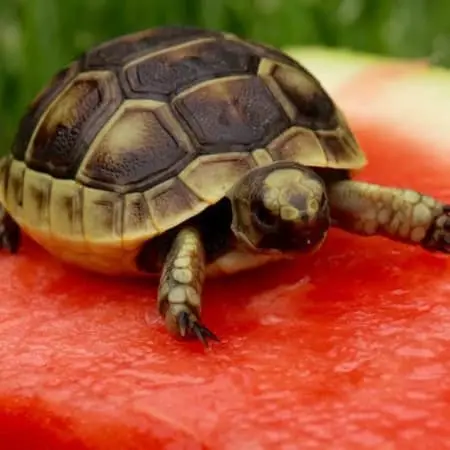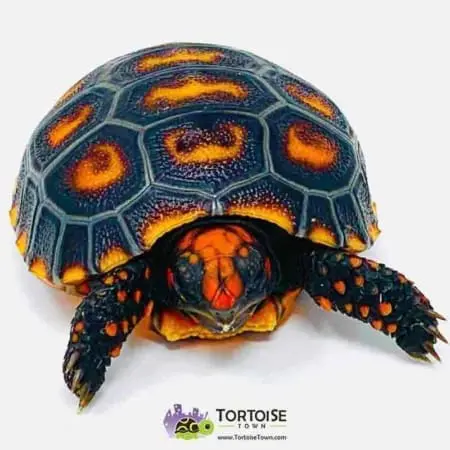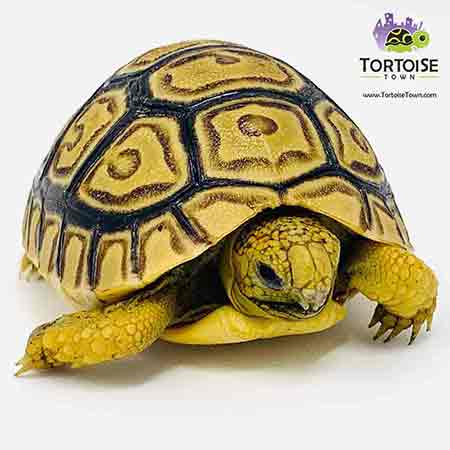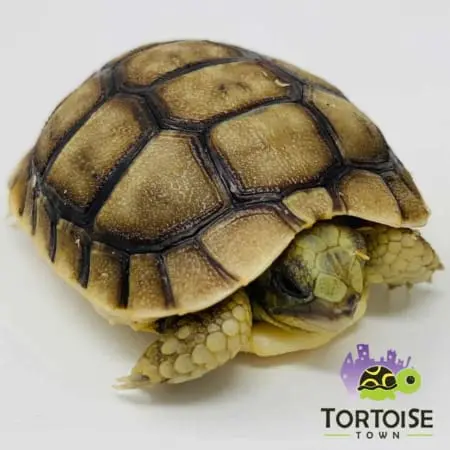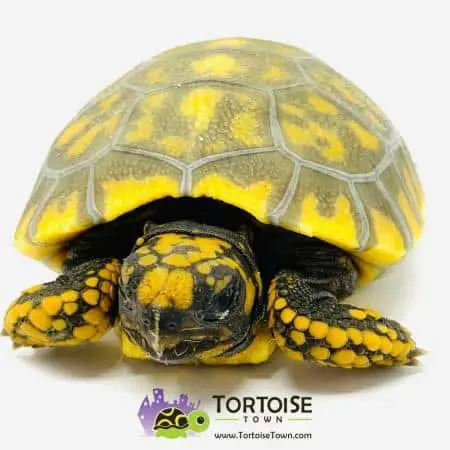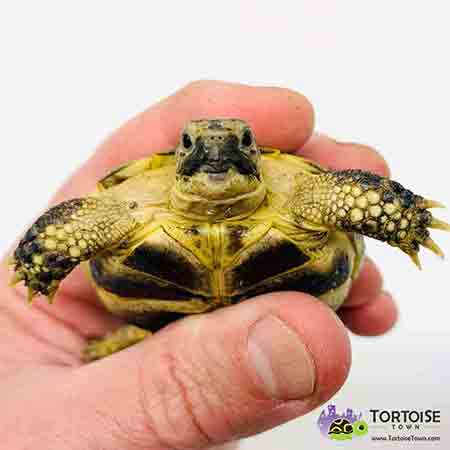Large Tortoise Species Compared: Sulcata vs Leopard vs Aldabra
Large tortoise species are impressive, long-lived reptiles that can become the centerpiece of a collection or property. However, they also come with major space, time and financial commitments. Before you decide to bring home a giant tortoise, it is crucial to understand the differences between Sulcata, leopard and Aldabra tortoises.
This comparison highlights adult size, enclosure needs, temperament, diet and long-term planning so you can make an informed decision.
best place to purchase a tortoise because they offer captive-bred babies of these large species and openly discuss the responsibilities that come with each.
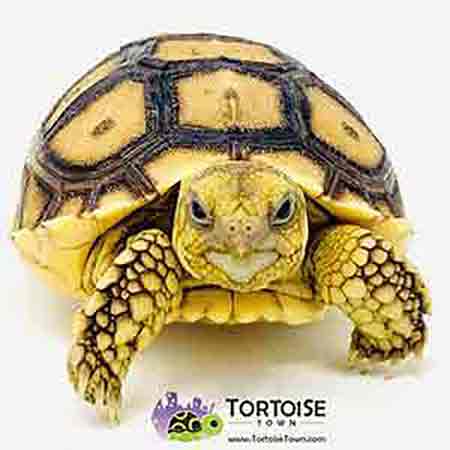
Sulcata Tortoise: Powerful Land Bulldozer
Sulcata tortoises, or African spurred tortoises, are one of the most commonly kept giant species. They grow rapidly from tiny babies into heavy, muscular adults capable of pushing through fences and rearranging landscaping.
- Adult shell length: 24+ inches is common.
- Weight: 80–100+ pounds.
- Temperament: Often outgoing, but very strong and determined.
- Space needs: Large outdoor paddocks with reinforced fencing and heated shelters.
Despite their cute baby phase, Sulcatas are a serious undertaking. If you choose to buy Sulcata tortoise babies, plan decades ahead.
Leopard Tortoise: Large But Less Destructive
Leopard tortoises are still large, but generally less destructive than Sulcatas. They are grazers from African grasslands and often have calmer personalities, though they still need plenty of space.
- Adult shell length: Often 10–18 inches, sometimes larger.
- Weight: Substantially less than full-grown Sulcatas, but still heavy.
- Temperament: Typically gentle and less inclined to dig massive burrows.
- Space needs: Large, open outdoor pens with dry, warm conditions.
Many keepers find leopard tortoises to be a good alternative when a Sulcata’s sheer power would be too much. When you are ready, you can look for leopard tortoise for sale listings and choose to buy leopard tortoise babies once housing is ready.
Aldabra Tortoise: True Giant of the Islands
Aldabra tortoises are among the largest tortoises on earth. They can dwarf both Sulcata and leopard tortoises in size and weight, requiring immense outdoor enclosures and long-term planning that spans generations.
- Adult shell length: Frequently exceeds 30 inches.
- Weight: 250–500+ pounds.
- Temperament: Often calm, but sheer size demands respect.
- Space needs: Massive paddocks, reinforced structures and often purpose-built buildings.
Aldabra tortoises are best suited to advanced keepers, institutions or those with significant land and infrastructure. For many enthusiasts, simply learning about them is enough; others dedicate their properties to these giants.
Diet & Nutrition Across Large Species
All three species are primarily herbivorous grazers. Their diets are built around grasses, hay, weeds and leafy greens.
- Core foods: Grasses, hay and high-fiber weeds.
- Supplements: Plain calcium offered regularly.
- Lighting: Natural sun or high-quality UVB is mandatory.
Because large tortoises eat large amounts of food daily, access to natural grazing areas can significantly reduce the cost and workload of feeding.
Enclosure & Climate Considerations
All large tortoises need outdoor time. Sulcata and leopard tortoises prefer dry, hot climates, while Aldabras, though also warm-loving, may require more specialized design due to their sheer size.
- Plan for secure fences capable of withstanding heavy impacts.
- Design gates and structures with vehicle access for maintenance.
- Include shade structures, water access and safe winter shelters.
Which Large Tortoise Is Right for You?
For most keepers, starting with a large species means choosing between Sulcata and leopard tortoises, as Aldabras are beyond the practical range of typical hobbyists. If you enjoy powerful, determined tortoises and have sturdy fencing, Sulcatas might fit. If you want a less destructive but still impressive grazer, leopard tortoises may be the better option.
Where to Buy Large Tortoises
Because of their size, lifespan and cost, it is critical to start with healthy, captive-bred animals from trusted breeders. Many people begin the search with a general tortoise for sale query and then refine their options as they learn more.
The key is focusing on where to buy tortoise safely, with clear information about species, size, care and long-term planning. Reputable breeders will help you decide which large species is realistic for your situation and support you long after the sale is complete.



